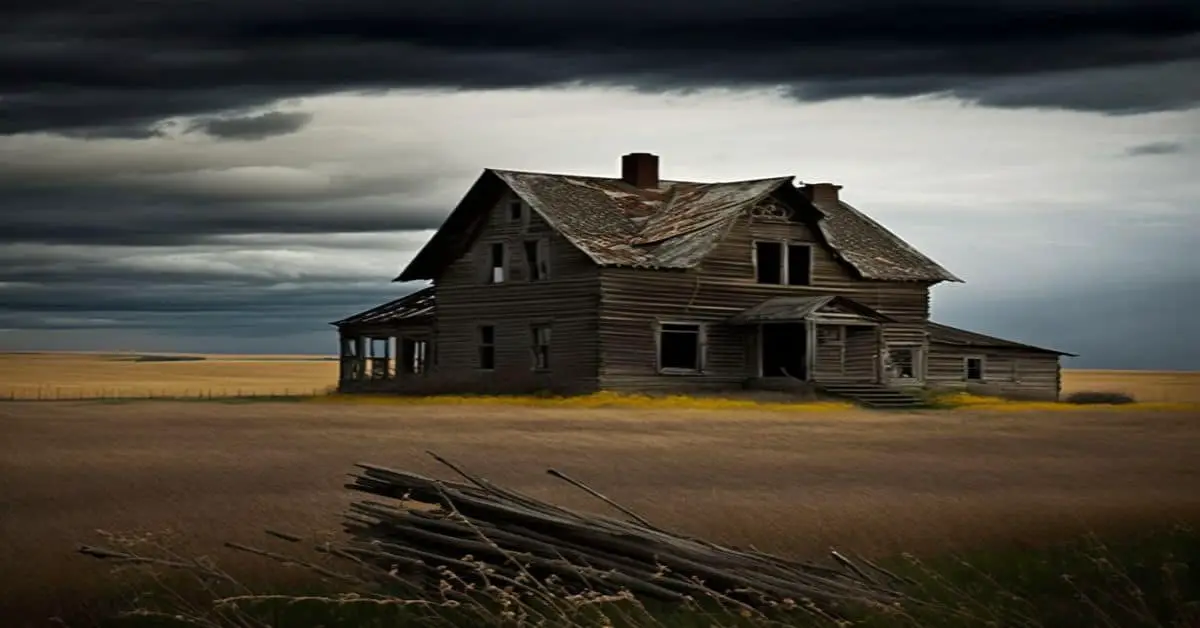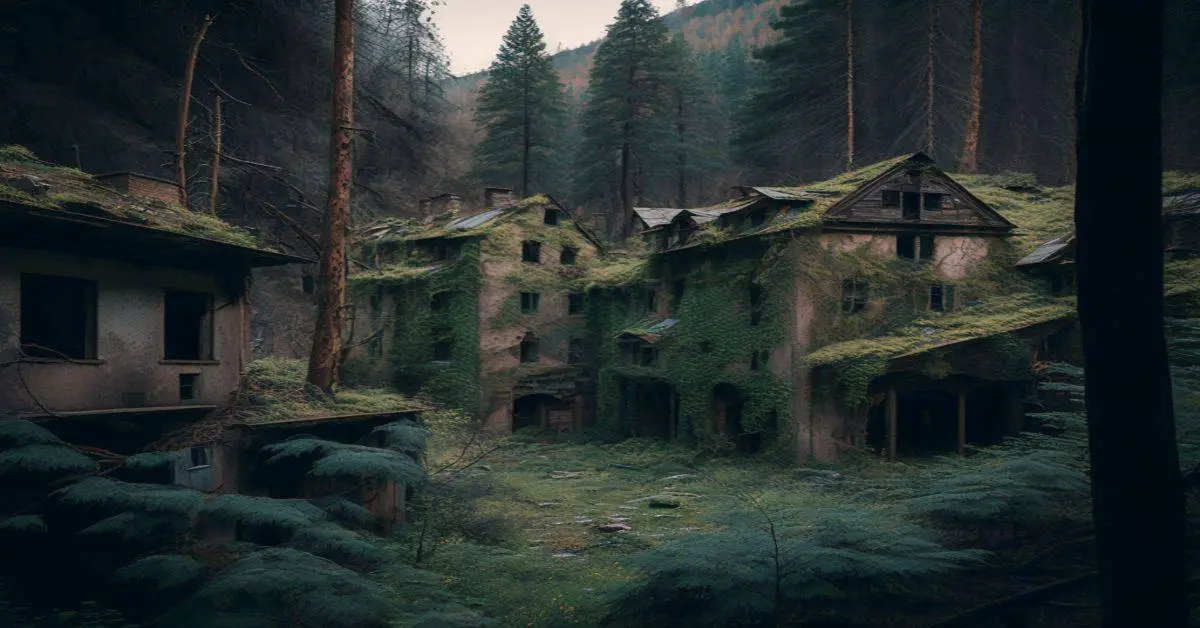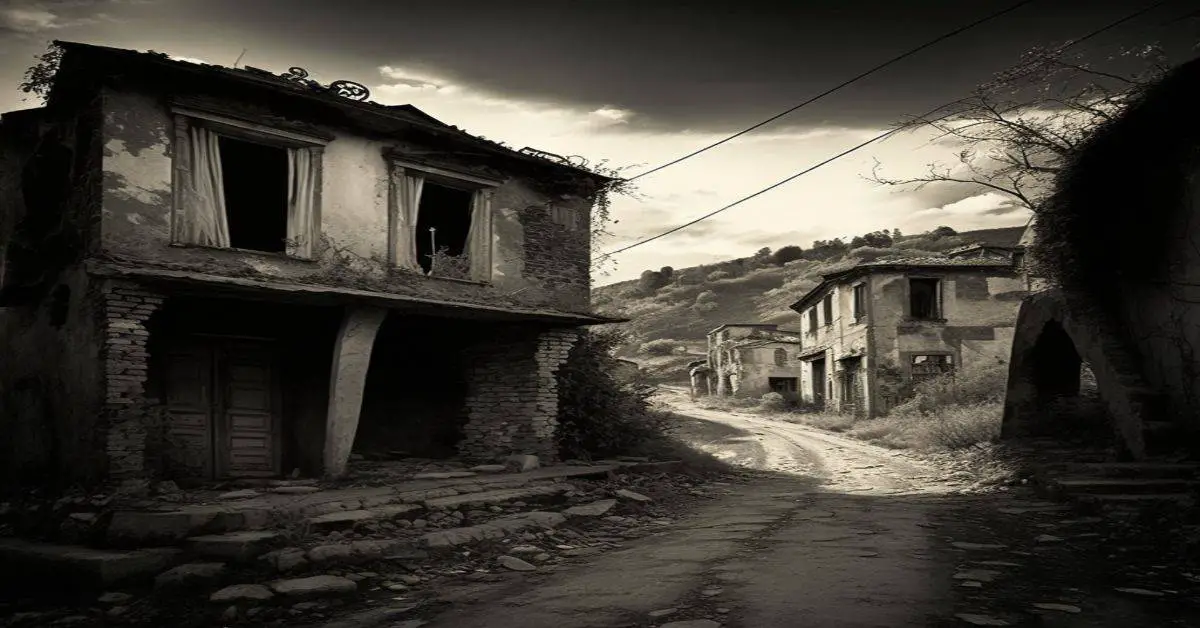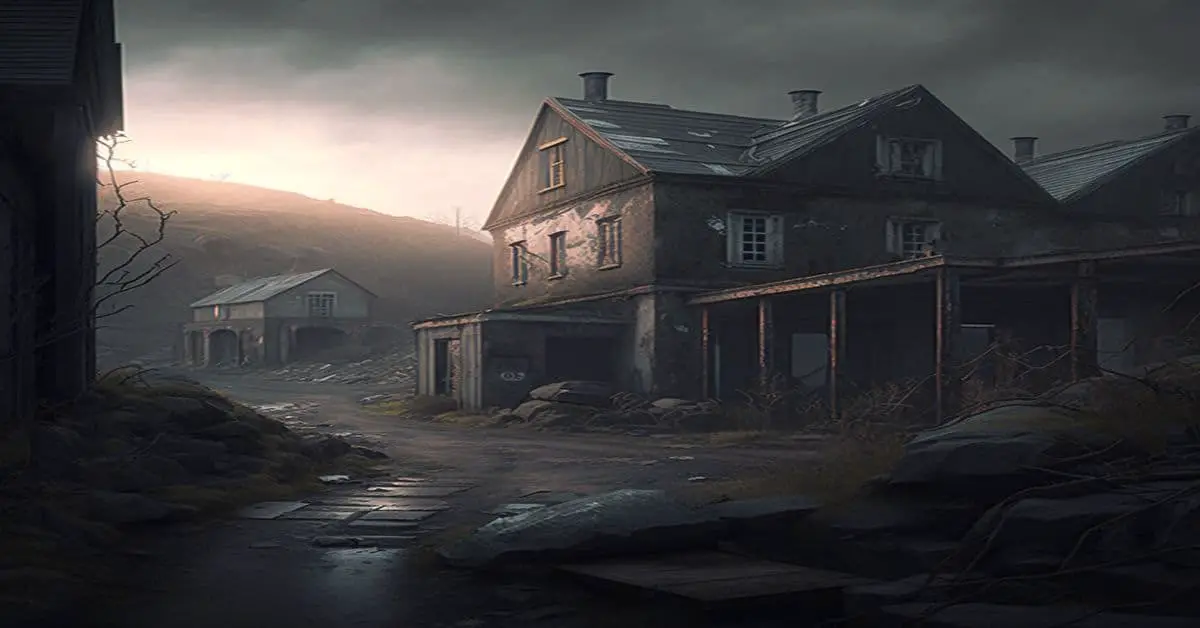Some people are born to be adventurers, while others find adventure in their everyday lives. The gold rush of 1849 brought out both types, with prospectors seduced by calls for silver or copper mining that would net them a fortune if they struck it rich; merchants following behind, eager at possessions any wealth could make valuable – whether goods on foot and horseback requires little time before these new arrivals turned camps into towns where wild west came alive!
Together, Leadville’s miners/townsmen created what is now known as “the most haunted state,” thanks primarily to its abandoned buildings left empty after everyone had moved on to success elsewhere.
Hikes up Clear Creek Canyon bring you to ghost towns like Vicksburg, Winfield, and Columbia City. But it is not only the view that makes this drive so picturesque – there are also abandoned resorts along Twin lakes where one can take in their breathtaking beauty or get lost among them for hours on end!
Vicksburg
Clear Creek Canyon is a stunningly beautiful location that was once home to many thriving communities. At one point in Colorado’s mining days, Clear Creek canyon contained over 1 million dollars worth of silver and gold – which makes sense why it was such an essential spot for early settlers!
Today there are few signs left behind by these times, but if you’re willing to look closely enough, some scattered ruins may still be visible just halfway up the mountainside near Leadville or about 40 minutes outside Denver via Highway 6. In 1868, Vicksburg started growing into one satisfying town with 600-700 people living here.
When some burros wandered off, leading prospectors to find gold in its creek beds, Vicksburg is now home to a small museum that tells this mining town’s story. In the summer months, you can visit on weekends when it’ll be open from September through November for those who want more information about how life was back then or enjoy looking at all those leaves change before your eyes!
Winfield
Down Clear Creek Canyon once home to several mining camps in the late 1880s and is now a ghost town. The 120 acres were split into small parcels which gave away for free to anyone who wanted them; nine years later, this place had 1,500 people living there with three saloons (one of them being Jack Long’s Saloon), stores selling everything one needs during their journey or stay here – protruding from these buildings were, even more, supporting structures such as miller and smithereens while churches lined both sides letting everyone know they could find peace no matter what path life took you down
The town of Winfield is quaint and charming, with plenty to offer. Explore four original log buildings, including the schoolhouse, which houses some historical photographs, an exhibit on mining history from around this area, and other artifacts dating back centuries ago!
You can also visit Clohesy Lake, an abandoned fish hatchery that has been left behind after certain species became scarce or extinct due to their natural habitat being destroyed by humans – but don’t worry because you won’t be alone there since it’s open daily without fee so take advantage while visiting family nearby at least one day per year if not more frequently.
Crescent Mining Camp
Take a step back to the days when mining was king with this Clear Creek Mining Camp vacation. Stay four nights in rustic cabins, two of which you can reserve online through www.recreation.gov. You’ll experience what it’s like for miners who dreamed about their next big strike or how they lived off hard-earned wages while waiting patiently before heading down again into those mines!
Tasmania Mine
Tasmania was important in the 19th century when it functioned as a mining town and a milling center. In 1855 plans were introduced for what would eventually become known as “The Tivoli,” or more commonly just ‘Tassie.’ A group from Philadelphia named The Tasmanian Mining Company worked about 30 claims year-round to support their business’s needs.
However, activity continued throughout most of this period because there weren’t many other sources available within a reasonable distance that could provide all necessary materials–platinum being one such exception since its purity required little transport compared with other metals used primarily inside mines themselves.
Swiss Boy Mine
Hike north of Winfield to find Switzerland Boy Mine, one of the first mines in this area that produced silver and copper ore. Today you can easily access it via a well-hidden 9% grade hiking trail which makes for an enjoyable day trip or short overnight stay with friends.
Fortune Mine
The tramway built by the Fortune Mine, 2,600 feet long to better transport its excavated minerals, is still visible in this regard. As one of La Plata Mining District’s top producers and because it had such heavy activity over time (the scar of the tailings can be seen from County Road 390), visitors can check out what life was like at these mines when they go on a tour through Vicksburg Museum where there own miniature train awaits them.
Banker Mine
The Banker Mine produced a significant amount of silver and lead due to its 3,700-foot-long tunnel. This started in the late 1890s, with operations off and on until 1927, when it finally closed for good after World War II had already begun!
Today two buildings remain; one is an office building that houses many valuable items from around towns, like artwork or antiques, while another more humble structure makes up almost everything else you see today. This bunkhouse still has some original furnishings, including oak woodwork.
Clohesy Lake
The 1885 fish hatchery building still overlooks Closhey Lake and is a favorite spot for anglers. Though Clear Creek Canyon was lined with productive claims, this one fell short of any significant finds, leading to the construction of an impressive facility that would become best known as “Clohesy.”
Columbia City
In 1893, a vein of precious granite was discovered in the Hope Mining District west of present-day granite. Walter Cameron renamed this rock “Josephine Lode” after his wife and then went on to find several other lodes with names like Fool (which is also where we get our word ‘foolish’), Gwendolyn & Columbia, which ultimately gave rise not only to one town but many towns across America!
This gravel road leads to a hike with unparalleled views. While just a few structures are still standing, it’s incredible to imagine how prospectors spent their days above the tree line and manually breaking away rock in hopes they would strike gold!
A four-wheel-drive car will be required to reach Columbia City. Once you reach difficult terrain on foot can become impossible due to a lack of support from dirt or loose stones that could make footing treacherous, so don’t forget your hiking gear, like a pack full of water bottles plus breakfast food bars.



